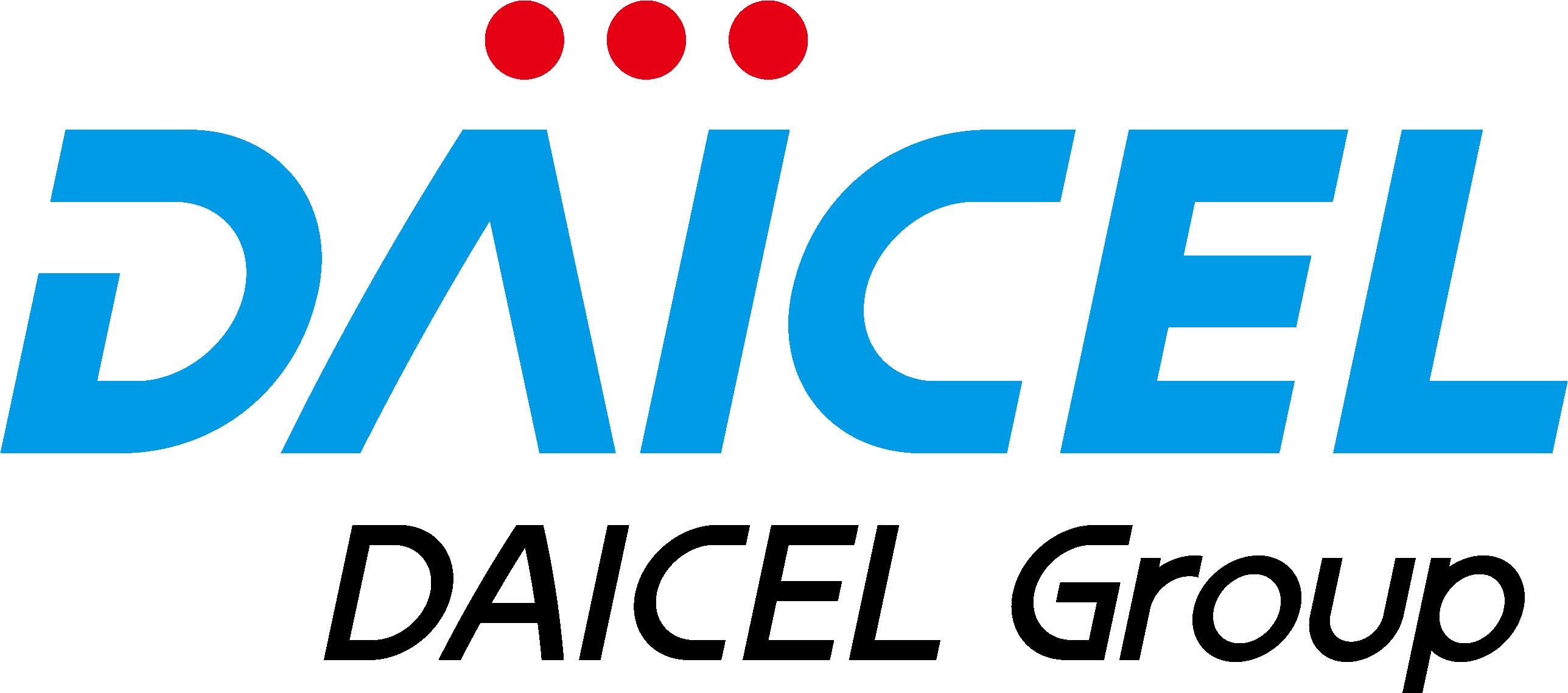Our Approach
2022
Freedom to choose any materials: “AKI-Lock®” technology for bonding different resin materials together
Due to increasing market demand for weight reductions to address the SDGs (Sustainable Development Goals), we have seen more cases in which bonds between different resin materials have been needed to achieve these reductions. However, since there is a bond interface between two different materials, the idea of bonding often must be abandoned when strong bonding strength or airtightness are required.

AKI-Lock® is an innovative new bonding technology that is neither welding nor adhesion. There are also few restrictions on the materials that can be used, and it can form strong, airtight bonds with combinations of different materials for which bonding had previously been difficult. This opens the door to a broad range of new product development possibilities that could lead to new value creation.
Key Points
- Since the bond is formed by physical anchors, there is no time limitation from laser treatment until bonding.
- Masking is unnecessary since you can treat only the areas you wish to treat.
■What is AKI-Lock® ?
This bonding technology uses the glass fibers (GF) in glass fiber reinforced resins as a physical anchor for bonding. In the image below, you can see glass fibers that have been exposed by laser treatment on the surface of molded products. Strong bonds can then be achieved by pouring the resin to be bonded onto these anchors.

SEM image of the surface of the primary material after laser treatment
■ Bonding process and effects
In terms of bonding processes, bonding by double molding and bonding by adhesives would be suitable. Bonding by double molding has been identified as effective in terms of both strength and airtightness.
Bonding by Double Molding
On the surface of the primary molded product which you wish to bond, remove only the resin portion by applying laser treatment in a groove arrangement, and form the grooves with glass fibers exposed. Pouring the secondary resin material over the grooves by insert molding makes the glass fibers act as physical anchors, producing high-strength bonds.

The primary and secondary materials here do not need to be melt-compounded. This makes it possible to bond with different materials, vastly expanding the range of possible materials to choose from.
Bonding by Adhesives
When bonding metal and resin with adhesives, for example, this treatment is applied on the surface to be adhered to on the resin side. Just like when bonding by double molding, the glass fibers will act as physical anchors when adhesives are poured into the grooves, resulting in much greater strength. There is no need for the resin and adhesives to adhere, and their compatibility need not be considered. This offers the freedom to select from a much broader range of adhesives.
■Airtightness
Airtightness can be expected even between different materials when bonding by double molding. This is caused by a mechanism comprised of three different effects that occur during double molding.
(1) The effect of resin entering and filling the gaps between glass fibers
(2) Deformation in the grooves of the primary material due to the shear force of the flow of the secondary material
Flow pressure of the high-temperature resin causes the protruding parts of the resin on the primary side to deform and close the grooves, producing a caulked form.
(3) Crimping effect from mold shrinkage of the secondary material
Shrinkage of the secondary resin material during molding causes clamping force against the primary material.
As you can see in the figure below, we created an double molded product with AKI-Lock® and conducted an airtightness test with helium gas (He) before and after applying thermal shock. The results confirmed far more airtightness (10-9 to 10-10 Pa・㎤/s)than the level at which air bubbles typically form (10-5 Pa・㎤/s) even after applying thermal shock.

Airtightness testing method
AKI-Lock® technology can be used to give one component multiple properties. For example, even when installing an O-ring into a complex shape which is difficult to perform manually, double molding with AKI-Lock® can be used to secure the O-ring with molding. Doing so makes it possible to produce a secure seal, even with complex shapes.

It can also help to cut down on workload for assembly and reduce the number of components needed, which can reduce costs as well. AKI-Lock® can also help to reduce environmental impact through the use of dry processes, including no use of adhesives.

For more details, please contact us either through a sales representative or via “Contact Us” at the top right of the screen.
【Related information】
◆ Our brand-new double molding technology AKI-Lock®
【Technical data sheet is available online】
Glass fiber filled grade
◆ GH-25 ◆ 3300 ◆ 1140A6 ◆ E130i
【For inquiries about our technologies and materials, please contact us via】
◆ Polyplastics Group Representative
◆ WEB Inquiry


